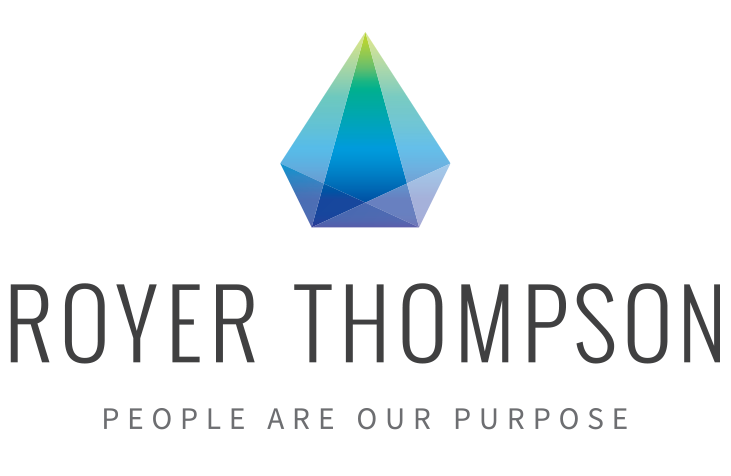
14 Jun Are you exiting a Leader?
Today’s organizations are in constant evolution and sometimes that means well-liked leaders need to be transitioned out. The focus is often on the transaction from the time the necessary change is identified, to the decision being made, and ultimately executed. Time and effort are exerted into the decision-making: seeking advice from legal and HR to ensure the package is fair and the process for execution is clear. In other words, the energy is put into the “what” as opposed to the “how.” What is sometimes overlooked or underestimated is that the thoughtfulness around how you treat the remaining employees will be what sets the organization up to successfully navigate the change with minimal risk.
In the Harvard Business Review article, “So You Think You’re a Good Listener,” Barwise and Meehan (2008) suggest that in most boss-subordinate relationships, superiors overestimate their openness to receiving difficult messages and simultaneously underestimate the extent to which the power difference discourages subordinates from speaking their own minds.” Let that sink in for a minute and think about a time that this could be true for you? Now, what if you are the executive who is going to let the team know their well-liked leader is no longer with the organization and they are in your good hands? Are you confident that the trust is established? If so, how do you know? If not, how are you going to build it?
Having been an internal HR professional for many years, acting as a trusted advisor to all levels of an organization, it was a common occurrence to see the misalignment between what a leader thought was an open and positive work environment and what the employees felt – low trust or fear of speaking up. When a well-liked leader is exited from the organization it can exasperate any underlying fear or skepticism that may already exist. Employees may not feel comfortable or safe to be open or honest when there is a lack of trust. For example, there may be extra workload for the team. They may be willing to initially take on the workload but if they do not feel safe to speak-up when they feel overwhelmed, they may end up resentful or burnt out, creating a toxic work environment and you could be completely oblivious to it.
How can you build trust and ensure the remaining employees are supported through a leadership transition? Here are some key considerations:
Values: Live and breathe the organizational values and ensure accountability for the right behaviours throughout the transition. Employees are paying close attention to the behaviours at the leadership level that are both being rewarded and corrected. Leading by example especially through tough transitions will help you build and maintain trust. Start with treating the exiting leader with grace and integrity so they can leave with their dignity and respect intact. Respect the contribution this leader has made during their tenure. How you handle it will influence how your employees feel about your leadership and impact their continued commitment to the organization.
Vision: Be clear on what the future looks and feels like for the employees impacted. Clarity on the path forward will dismantle assumptions and gossip. When change occurs it is human nature to immediately wonder what does this mean for me? Often times, the change in leadership is part of a larger cultural shift. If the leader was well-liked it can be hard for the employees to understand why this has happened and worry that the organization will not be the same. They are probably right to an extent, so how can you paint a picture for them to see what the future state holds for them?
People: Know who will be impacted by the change. Be prepared to address the reaction and support them. Address uncertainty and potential chaos that the team will need to navigate. Encourage the team to work through the change with you. Allow the team time to process and accept the change. The decision to exit a leader from an organization can sometimes take weeks or months and those who have been involved along the way have had time to process and accept the decision. However, the team will be hearing the news for the first time and will have a reaction. They may feel anger, hurt, fear, defensive or even betrayal. A well-liked leader has loyalty throughout the organization. Know your audience. Plan and prepare well in advance. Show compassion and empathy. Reiterate the values and the associated behaviours. While employees may be emotional about the news, they still have a responsibility to behave professionally and in line with the organizational values.
Communication: Provide frequent, consistent, relevant and timely communication. Practice transparency and deliver messages with honesty and authenticity. Include and acknowledge milestones and find time to recognize the progress along the way. Doing so will bring acceptance, build and sustain trust, strengthen engagement and help to mitigate potential risk such as negative attitudes, mistrust and the loss of key talent.
Focus can be spent on the upfront communication. Once the initial steps have been taken to exit the leader and advise the team, the follow through can fall to the wayside. With one less leader and the pressure to fill the gap everyone gets busy. If the work is getting done and no one is complaining it is easy to assume everything is okay. Additionally, it is possible to rationalize or minimize the role the leader played in order to justify the decision.
How will you know if things are okay? Be present. Listen. Observe and be aware of the nuances, body language and what is not being said.
The key to ensuring a successful leadership transition is to be thoughtful and purposeful about both the what and the how. To sum it up, leadership transition is more than a transaction it is a transformational process that requires a high trust in the organization’s leadership. In order to build and sustain that trust throughout the transition consider the importance of how you treat the

Senior Director
Org. Performance & Career Transition
P. (902) 422-2099 (ext 223)
E. apenney@royerthompson.com

